#ancient fountain
Photo
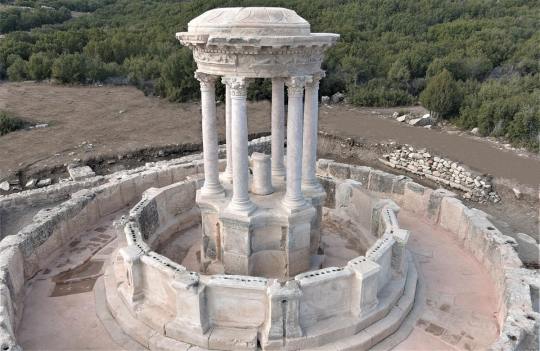





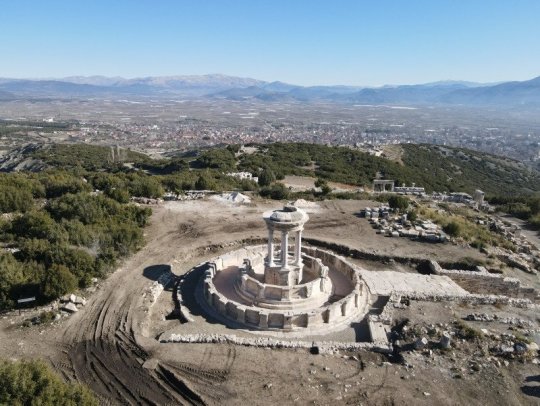
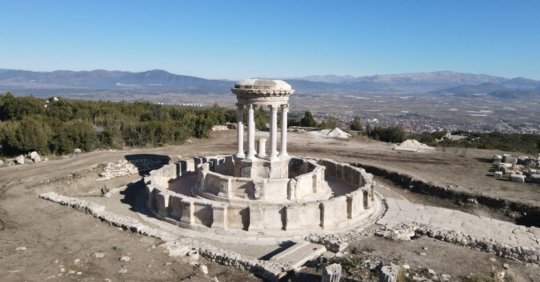
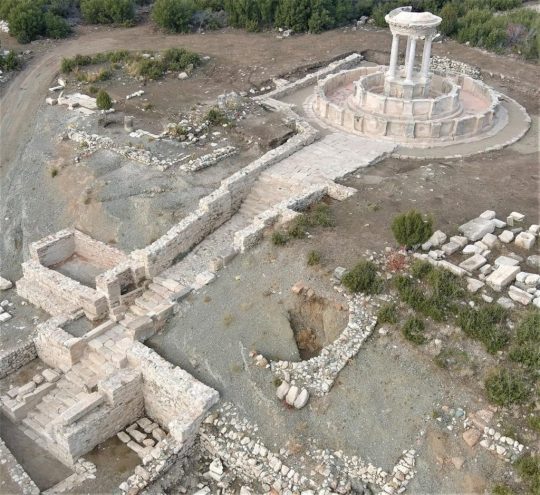
City of Gladiators Fountain Flows Again After 2,000-Years in Turkey
An ancient fountain that was destroyed in a 23 BC earthquake has been restored in Turkey's “City of Gladiators.' Now, the two millennia old water font is streaming drinkable water again, just as it did some 2,000-years ago.
Unearthing Turkey’s Ancient City Of Gladiators
The ancient city of Kibyra, or Cibyra Magna, is situated in the township of Gölhisar in the southwestern Burdur Province of Turkey. In ancient times it represented the capital city of an independent state known as Cibyratis, that lay just outside the north-western limits of the ancient province of Lycia, that thrived in Anatolia from 15-14th centuries BC, and as Lukka until 546 BC.
Strabo recorded Kibyra as having originally been settled by ‘Lydians,’ who were indigenous people in this region of Asia Minor. These people constructed over 100 stadiums and after the Roman general Lucius Licinius Murena defeated the ruler of Kibrya in 83 BC the city became part of the greater Roman province of Asia. Listed on the UNESCO World Heritage Tentative List , ancient Kibyra is known as the “City of Gladiators.” Now, archaeologists have announced that “a colossal fountain” has been restored and that it will “flow with fresh water for the first time in 2,000 years.”
Piecing Together An Ancient Masterpiece
Dr. Sukru Ozudogru, an archaeologist at Mehmet Akif Ersoy University, recently told Anadolu Agency ( AA) that his team of archaeologists have spent the past four months collecting “150 original fragments from the ruins.” Now, they have successfully “pieced the architectural masterpiece back together.” The “round-planned fountain” measures 15.24 meters (50 ft) in diameter by 7.92 (26 ft) high and after being built it was used for more than 600 years.
The team of archaeologists have also restored the original water supply system from the spring, so that the fountain now flows with drinkable water “just the way it did 2,000 years ago.”
Dr. Ozudogru described the water from the restored fountain as “spouting from the mouths of lion and panther.” Not only do these two animals feature heavily in Roman mythology but they are two of the animals that gladiators fought in the arenas. Incidentally, it was after the discovery of the “10,400-person stadium” that hosted hundreds of gladiatorial fights that Kibyra became known as the “City of Gladiators.”
Rebuilding What Nature Attempted To Destroy
Blending both Roman and Byzantine architectural styles, during the 1000 years of the Roman empire the city became famous for its blood-thirsty gladiatorial contests. However, a 23 BC earthquake almost flattened Kiybra, and if it were not for diligent citizens in the aftermath rebuilding the giant fountain it would have been lost in time long ago.
The AA article said the restoration of the fountain and its two pools required “68 original architectural pieces and 24 imitation blocks produced from the original stone type.” Furthermore, it was observed that the original fountain featured one large circular pool and the second pool was added decades later. Dr. Ozudogru maintains that when the fountain was functional, some 2,000-years-ago, the two circular pools supplied potable water to four different parts of the city.
Sticking With The Original Plan
As far as aesthetics are concerned, fragmentary remains informed the researchers the original fountain was detailed with “elaborate statues of animals, huge columns and embossed friezes.” The archaeologists used two moldings taken from original sculptures that were both unearthed during recent excavations, and the originals are currently being exhibited in the Burdur Museum.
The researcher explained that in Roman times “Water was a mythological hero” that flowed into the two pools from the mouths of “lion and panther” statues. Relating these two animals to Roman mythology “ Heracles lay on a panther skin and Dionysus, the god of wine, wore a lion skin," according to the professor. However, both of these animals were fought by gladiators in the 10,400-person stadium in Kibrya, which Akkurnaz explained “was a building designed for an assortment of blood-soaked spectacles, including gladiator fights and wild animal fights”.
By Ashley Cowie.
#City of Gladiators Fountain Flows Again After 2000-Years in Turkey#Turkey’s Ancient City Of Gladiators#ancient city of Kibyra#ancient monument#ancient fountain#ancient artifacts#archeology#archeolgst#history#history news#ancient history#ancient culture#ancient civilizations#roman history#roman empire#long reads
71 notes
·
View notes
Text
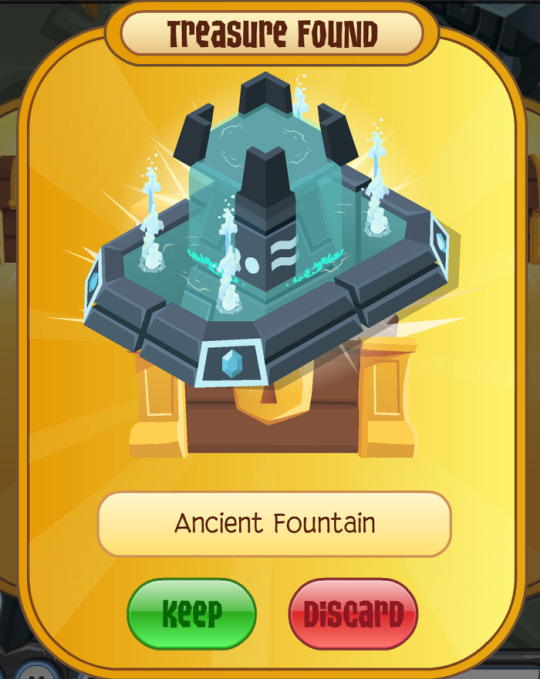
i do liiiike this item in theory. but uuh in practice. erm not as much. uh wish it had a square base i think
1 note
·
View note
Text

A Corner of the Villa by Edward Poynter
#villa#villas#classical#art#edward poynter#antiquity#ancient#history#europe#european#architecture#fountain#dove#doves#mosaic#classicism#mosaics#ancient rome#roman#ancient roman#pompeii#columns#marble#architectural#ancient world
734 notes
·
View notes
Text

171 notes
·
View notes
Text

Mausoleum of Moulay Ismail (XVIII c.), indoor patio - Meknes, 2012
#travel#morocco#maroc#original photographers#photographers on tumblr#ancient architecture#islamic architecture#architecture#islamic art#fountain#monochrome#b&w photography
115 notes
·
View notes
Text

"Il Marforio," a first-century Roman statue of a river god -- perhaps a representation of the Tiber River, upon which Rome is sited. It was moved several times over the centuries since it was first created; its current home in Rome's Capitoline Museum is behind a fountain from the 1600s or 1700s.
{WHF} {Ko-Fi} {Medium}
156 notes
·
View notes
Text
The ancient ruins of Philippi continue to produce marvels. A huge statue of Hercules was found there two years ago, and now the remains of an 1,800-year-old marble statue of Apollo has been unearthed.
31 notes
·
View notes
Text


Actaeon transformed into a stag by Diana for daring to peek on her while she was bathing (Ovid, Metamorphoses)
#photoblog#italycore#mythology#greek mythology#diana and actaeon#diana#goddess diana#garden#gardencore#reggia di caserta#royal palace#cottage garden#fountain#waterfall#naturecore#natureporn#neoclassical#neoclassic#sculpture#carving#greek gods#ancient greek#fairy#fairy tales#fairycore#dreamcore#cottagecore#cottage aesthetic#aesthetic#fairy cottage
35 notes
·
View notes
Text
the kavetham brainrot is real, I have multiple foreign language tests this week and I’m starting two new courses but instead I’ve been researching architectural styles of the middle east, north africa, and southeast asia to be able to write this akademiya era fic because Kaveh is a genius and a passionate prodigy and I refuse to not write him as such.
after multiple hours of research and a lot of reading, I am now extremely angry and disappointed about how genshin dropped the ball with indo-islamic architecture in the rainforest, it could’ve been so colorful and beautiful and connected to real architecture. but it’s so orientalist in game. ironically the desert is better in terms of architectural adhesion to real cultures. pls ask me about it im going crazy
#genshin#genshin impact#kaveh#alhaitham#kavetham#guys theres so many ways you can do domes#I really like islamic gardens and I think Kaveh would too#he also clearly likes chhatri#that's canon#chhatri are those gazebo looking things all over sumeru and also are included as one of kavehs fav teapot places#he would also adore all the decorative stuff#like muqarnas#and jali#bro the architecture for sumeru could've been so much better why are the colors like they are why is it all so boring and weird#the desert stuff is honestly way better than the rainforest stuff#much closer to the ancient egyptian and Moroccan architecture that's clearly the inspiration#I wish the indo islamic stuff in the rainforest was better though#the fountains are honestly the closest the game gets and even those are bland af#in my fic I will describe the architecture as being less bland and shit#this i swear to you
149 notes
·
View notes
Text


The fountain of Neptune, Bartolomeo Ammannati, 1550-1575
#art history#art#italian art#aesthethic#greek mythology#ancient greece#roman mythology#bartolomeo ammannati#sculpture#marble#fountain#neptune#poseidon#florence#firenze#rinascimento#16th century
36 notes
·
View notes
Text

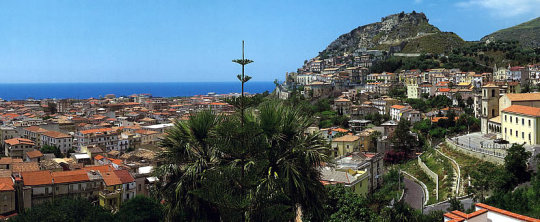
The ancient fountain of Santa Filomena in Amantea, Calabria, Italy
Photo by Radici Calabresi
Follow us on Instagram, @calabria_mediterranea
#fountain#fountains#amantea#calabria#italy#italia#south italy#southern italy#italian#mediterranean#mediterranean sea#ancient
19 notes
·
View notes
Text




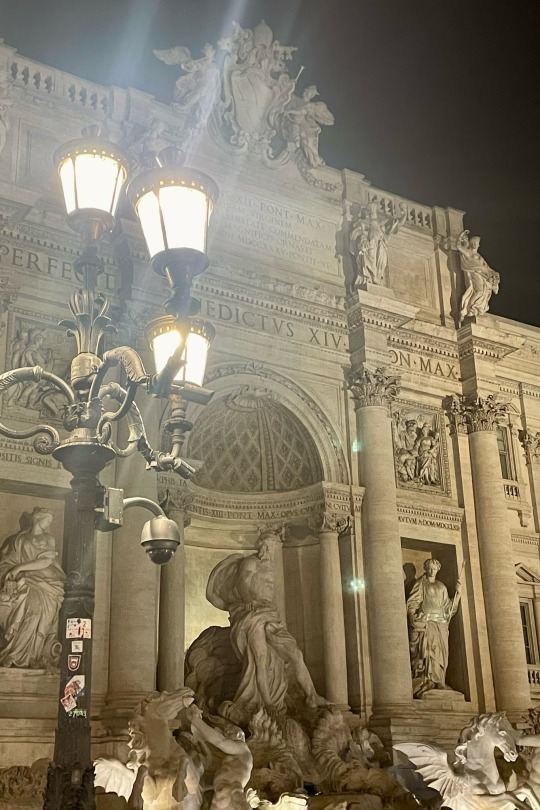
The Pantheon and the Trevi Fountain — Rome, March 2024
#rome#italy#architecture#sculpture#baroque#trevi fountain#basilica of st mary and the martyrs#pantheon#church history#ancient rome#classical studies#classics#art history#photography#my photos
18 notes
·
View notes
Photo






(via Rome Comes to Life in Photochrom Color Photos Taken in 1890: The Colosseum, Trevi Fountain & More | Open Culture)
#Rome#Vintage Photography#photochrom#Photochrom Color Photos#1890#The Colosseum#trevi fountain#the pantheon#Open Culture#ancient histor#Architecture#Wonders of the World#Travels 2023#Italy
24 notes
·
View notes
Text

#pantheon#rome#italy#italia#snow#winter#fountain#fountains#temple#temples#roman#antiquity#ancient rome#history#europe#european#architecture#photograph#photography#religion#romans
905 notes
·
View notes
Text
Guess who is into fountain pens now
#fountain pens#bought a cheap starter pen jinhao 9019#and some#diamine ink#ancient copper#life of frey
18 notes
·
View notes
Text
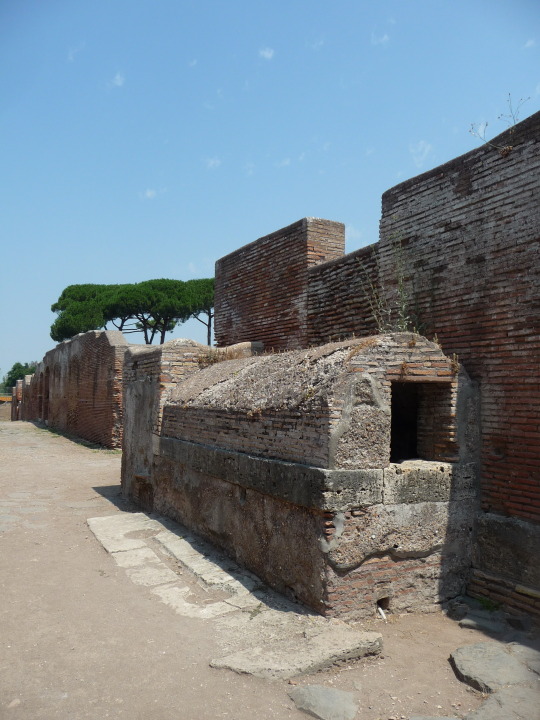
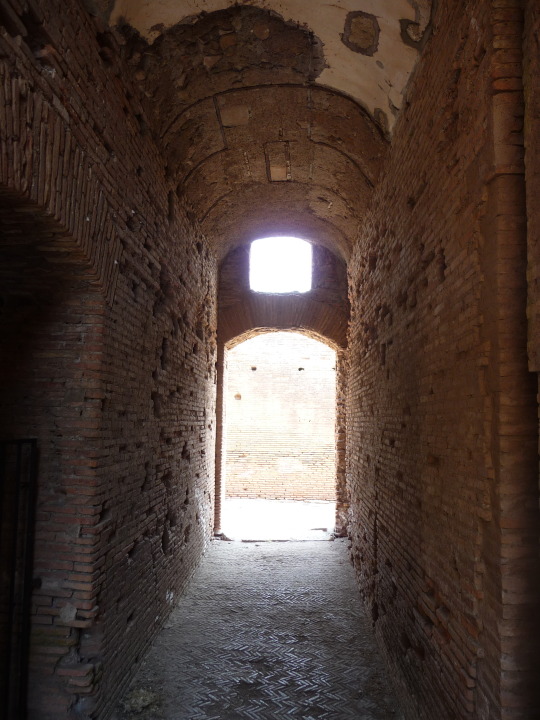
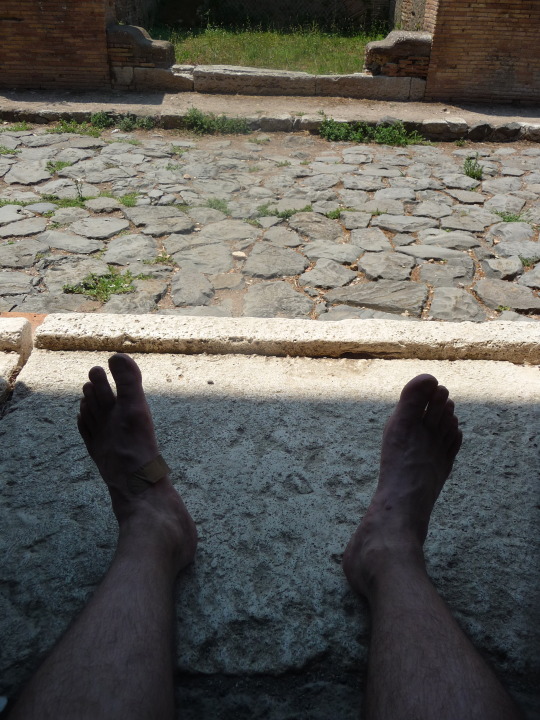

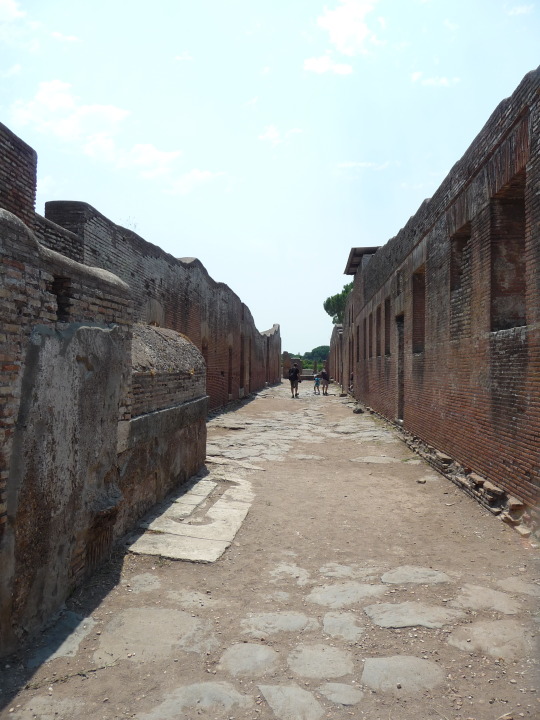
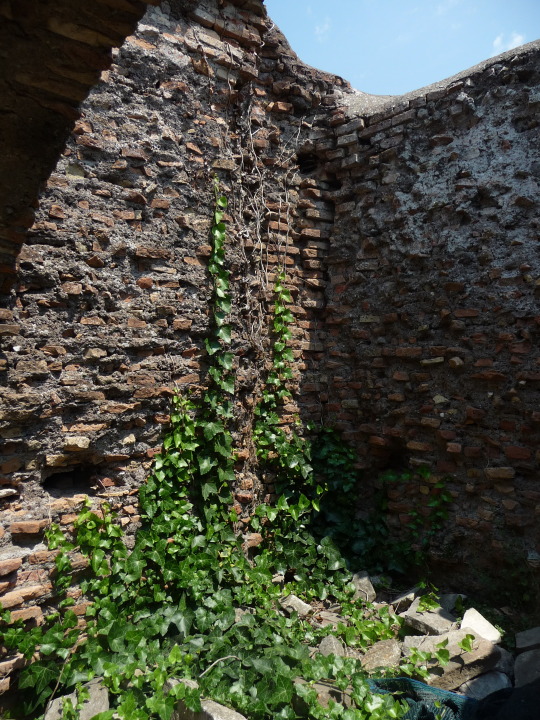
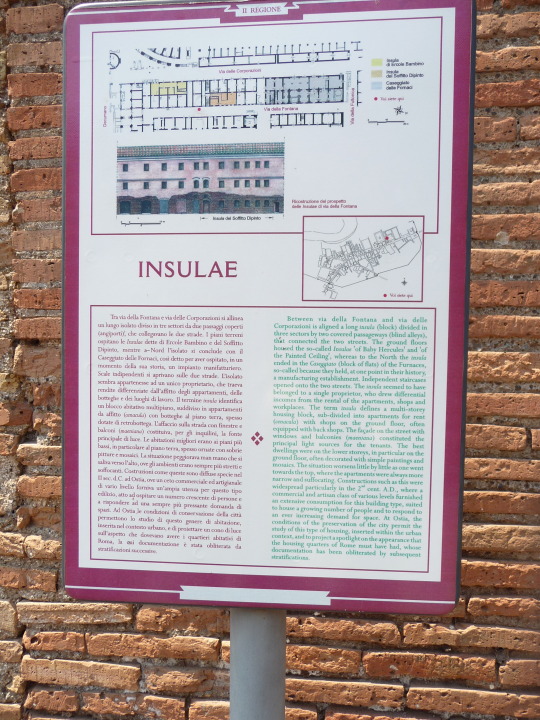
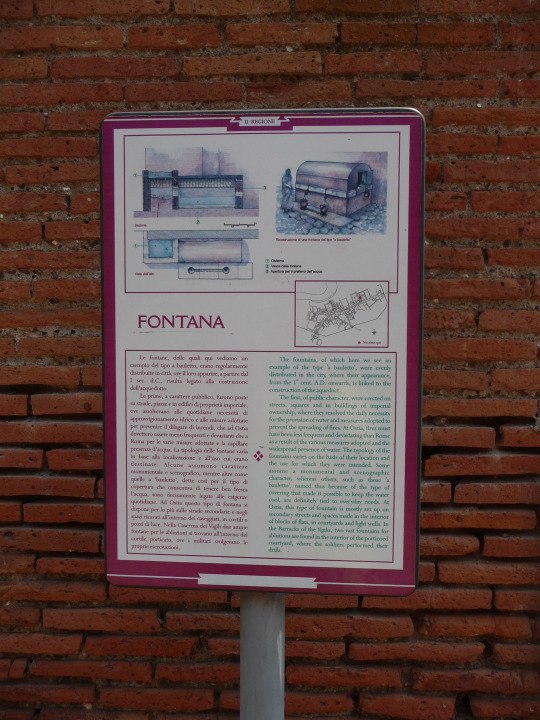
Via della Fontana, Ostia Antica
July 2015
[ it was pretty hot, as you can see :) ]
39 notes
·
View notes